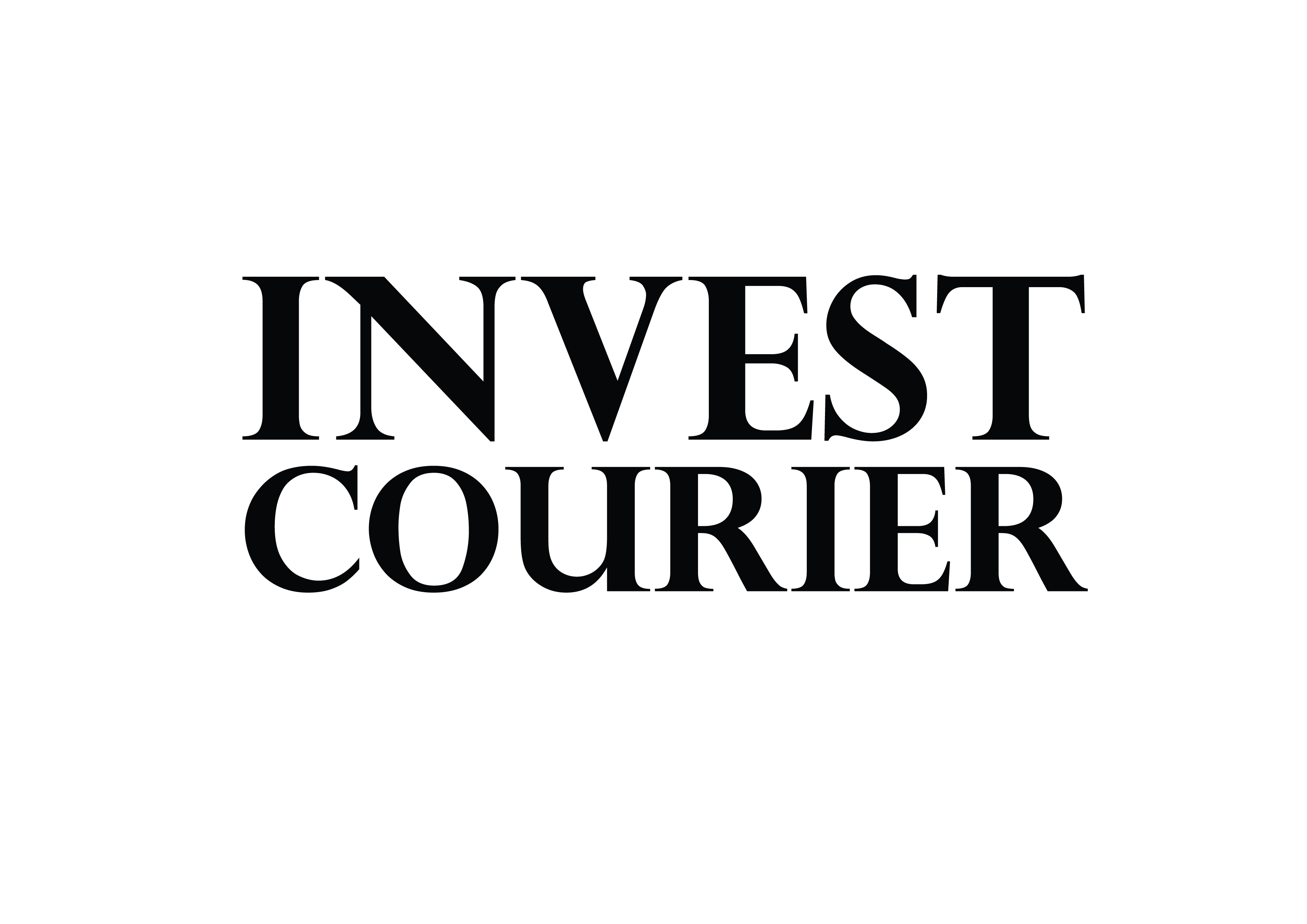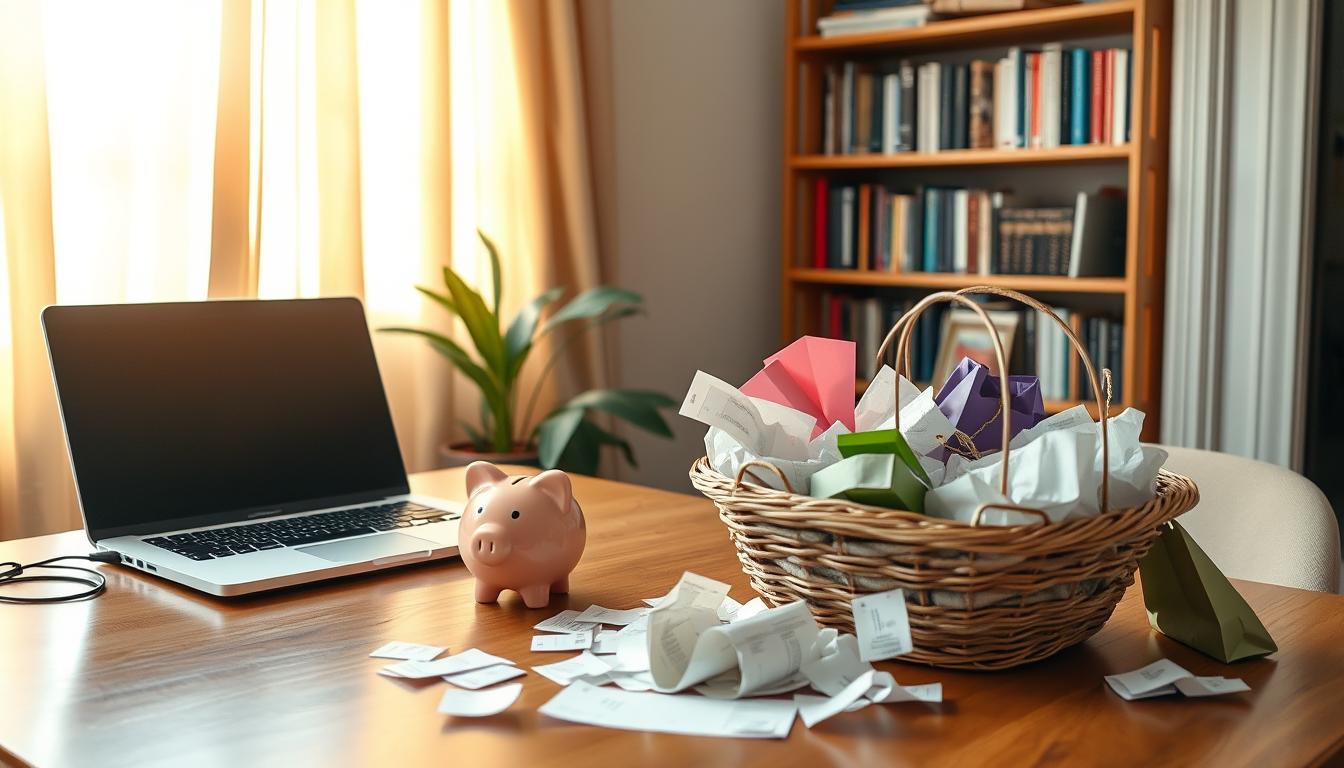Ever grabbed an item at checkout just because it was on sale? You’re not alone. Studies show the average American drops $150 monthly on unplanned purchases—that’s $1,800 yearly. These small splurges add up, potentially costing over $108,000 in a lifetime.
Impulse buys often stem from instant gratification, fueled by dopamine hits. While satisfying in the moment, they can derail long-term financial goals. The good news? With the right mindset and tactics, you can take back control.
This guide shares actionable steps to curb spontaneous purchases while still enjoying life. From the 24-hour rule to cash-only systems, you’ll learn to balance responsibility with occasional treats. Let’s turn fleeting urges into lasting habits.
Key Takeaways
- Americans waste $1,800 annually on unplanned purchases
- Impulse buys trigger short-term dopamine but long-term regret
- Simple rules like waiting 24 hours prevent rash decisions
- Cash envelopes help visualize spending limits
- Small “fun money” allowances maintain balance
What Is Impulse Buying (And Why It Hurts Your Wallet)
Unplanned purchases sneak into carts—and budgets—every day. Impulse buying means grabbing items you didn’t intend to, from a $5 latte to a last-minute TV. Nearly half of Americans admit to this habit, draining $1,800 yearly.
The Psychology Behind Unplanned Purchases
Your brain gets a dopamine hit when you buy something. Retailers exploit this with candy at checkouts or “limited-time” alerts. A study found 48% of purchases happen due to instant desire, not need.
Stores like Target design aisles to overwhelm you. Decision fatigue sets in, making it easier to swipe your credit card. Even car dealerships use “just browsing” tricks to close deals.
Common Impulse Buys—From Coffee to Cars
Small splurges add up fast. A $25 shirt bought four times a month costs $1,200 yearly. Here’s where money slips away most often:
| Category | % of Buyers | Example |
|---|---|---|
| Clothing | 23% | “Sale” shoes |
| Household Goods | 22% | Decorative pillows |
| Food/Groceries | 21% | Checkout snacks |
Triggers like treat yourself thoughts or boredom scrolling fuel these purchases. FOMO sales (“Ends today!”) push you to act fast. The fix? Recognize the traps before they cost you.
How to Stop Impulse Spending and Build Better Money Habits
That quick swipe at checkout feels harmless—until your statement arrives. The fix? Three proven methods: smart budgeting, delayed decisions, and tactical shopping.
Create a Budget with Room for Fun
Zero-based budgeting assigns every dollar a job, including guilt-free splurges. Apps like EveryDollar help users save 19% more than non-budgeters. Here’s how it works:
- Allocate fixed amounts for needs (rent, groceries)
- Set aside 10% for “fun money” (coffee, hobbies)
- Track leftovers for goals (vacations, emergencies)
The 24-Hour Rule: Pause Before Paying
Waiting a day cuts unplanned buys by 64%. One tech lover saved $387/month by delaying gadget purchases. Ask yourself:
“Will I still want this tomorrow?”
Shop with Cash or a Strict List
Physical cash limits overspending—users spend 12–18% less than with cards. For groceries, try the envelope system:
| Store | Cash Limit | List Must-Haves |
|---|---|---|
| Target | $100 | Toilet paper, dog food |
| Costco | $150 | Bulk rice, frozen veggies |
Delete shopping apps during work hours. Stick to a list, and avoid credit card traps.
Emotional Triggers That Fuel Impulse Buying
Your emotions might be secretly driving your shopping habits. From stress relief to social pressure, psychological cues often override logic. Understanding these triggers is the first step to regaining control.

Retail Therapy and Stress Spending
Bad day at work? A new pair of shoes might feel like a fix. This is emotional spending—using purchases to cope. One shopper accumulated 12 pairs of Lululemon leggings after stressful weeks, only to regret it later.
Credit card interest magnifies the damage. A $200 stress-splurge at 21.59% APR becomes $243 if unpaid for a year. Ask yourself:
“Is this purchase solving a problem or masking it?”
Social Media’s Role in Creating “Needs”
Algorithms learn your moods. Feeling down? Instagram floods your feed with “treat yourself” ads. Bankrate found 68% of buyers regret social media purchases. TikTok shops exploit FOMO with countdown timers.
Try this hack: “If no one sees it, do I want it?” Delete shopping apps during vulnerable times, like late nights. Tools like Freedom block tempting sites.
How Past Money Habits Influence Your Choices
Growing up, did your family shop to celebrate? Generational patterns stick. One client inherited a “reward with purchases” mindset, leading to a $2,100/month Discover bill.
Break the cycle by tracking satisfaction post-purchase. Often, the thrill fades fast. Redirect that desire into free joys—a walk with friends, a library book.
Smart Strategies to Curb Impulse Purchases
Your phone buzzes with a ‘50% off’ alert—suddenly, that jacket you forgot about feels urgent. Impulsive spending thrives on these moments. But with tactical tweaks, you can rewire your reactions.
1. Delete Shopping Apps and Mute Tempting Brands
Unsubscribing from promo emails cuts click-throughs by 73%. Try an “unsubscribe marathon”: block five promotional emails daily. Next, delete shopping apps during work hours—or entirely.
One user saved $842 in six weeks by pairing app deletion with cash envelopes. Their secret? Treating their phone like a tool, not a storefront.
2. Try a No-Spend Challenge to Reset Habits
A 30-day no-spend period slashes discretionary spending by 89%. Start small:
- Weekend Warrior: Skip non-essentials Friday–Sunday
- No-Spend Wednesday: Midweek reset day
- Full Month: Only essentials (rent, groceries)
“I realized 80% of my ‘needs’ were just boredom buys.” —Mia, 34
3. Track Potential Buys in a Waitlist Spreadsheet
Spreadsheet users avoid 58% of planned impulse buys. Create an Impulse Buy Waitlist with these columns:
| Item | Price | Date Added | Still Want It? |
|---|---|---|---|
| Wireless Earbuds | $129 | 5/12 | No (after 2 weeks) |
| Blender | $89 | 5/15 | Yes (waiting for sale) |
Before grocery deliveries, do a 10-minute pantry check. Half of “needed” items are often already stocked.
Long-Term Habits for Financial Health
Picture your dream vacation—now imagine funding it with money you’d normally waste. Cutting $150/month in impulse buys saves $5,000 yearly. That’s enough for a tropical getaway or a 7.4% yield in a high-yield CD. The key? Prioritizing financial goals over short-term dopamine hits.
Turn Savings into Tangible Wins
Visual progress fuels motivation. Create a money milestones tracker with stickers or gold stars for every $500 saved. One couple paid off $12,000 in debt by celebrating small wins like “No-Spend November.”
| Annual Savings | Potential Growth (7.4% CD) | Reward Equivalent |
|---|---|---|
| $1,800 | $1,933 | Weekend ski trip |
| $5,000 | $5,370 | European flight tickets |
Swap Spending for Free Dopamine Boosters
Build a dopamine menu of free mood-lifters. Studies show activities like hiking or game nights with friends deliver lasting satisfaction—unlike fleeting retail therapy. Try these swaps:
- Retail therapy → Thrift store treasure hunts ($10 limit)
- Takeout → Potluck dinners with neighbors
- Streaming subscriptions → Library movie rentals
“Quarterly ‘money dates’ helped us save $20K for a house. We’d review progress over homemade pizza.” —Jasmine, 29
Regain control by making savings visible. Tape a photo of your goal (e.g., a cabin rental) to your credit card. When tempted, ask: “Does this align with my future?”
Conclusion
Small changes today can fund big dreams tomorrow. Cutting just $150/month in unplanned buys saves $108,000 over decades—enough for a home renovation or early retirement.
Start simple: try the 24-hour rule and track spending with EveryDollar. Grab our free impulse-buy spreadsheet to spot patterns.
Your future self will toast you with artisan coffee—paid for in cash. True wealth isn’t about deprivation; it’s choosing satisfaction that lasts.
Ready to control your cash? Download the tracker and turn fleeting urges into lasting habits. Your goals are worth it.
FAQ
What exactly is impulse buying?
Impulse buying happens when you make unplanned purchases driven by emotions, not necessity. It often leads to overspending on items like coffee, clothes, or gadgets you didn’t intend to buy.
How does impulse spending hurt my finances?
Frequent impulse purchases drain your budget, making it harder to save for big goals. Small daily buys add up fast—like that latte turning into 0/month.
What’s the 24-hour rule for spending?
Wait a full day before buying non-essential items. This pause helps you decide if it’s a genuine need or just a fleeting desire.
Can social media really trigger impulse buys?
Absolutely. Targeted ads and influencer posts create false urgency, making you feel like you “need” trendy items you’d otherwise ignore.
How do I stop stress shopping?
Replace retail therapy with free stress relievers—like walks or calling a friend. Unsubscribe from promotional emails to reduce temptation.
Will using cash instead of cards help?
Yes! Physical money makes spending feel more real than swiping a card. Try the envelope system for strict budget categories.
What’s a no-spend challenge?
It’s a set period (like a week) where you only spend on essentials. It resets habits and highlights how much you usually spend impulsively.
How do I track potential impulse buys?
Keep a “waitlist” spreadsheet. Add desired items with prices and dates—revisit after 30 days. Most lose their appeal by then.


